Article by Vladimir London, Drawing Academy tutor
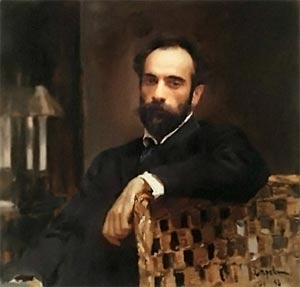 Isaac Levitan, born 30 August 1860, was born near the town of Verzhbolovo, modern Virbalis, Lithuania. Raised in a poor but intellectual Jewish family, Levitan’s artistic proclivities were fostered by his father from a young age. When the artist was still young, his family moved to Moscow, where he was supported in his decision to join the Moscow College of Art, Sculpture, and Architecture. Unfortunately, his mother died in 1875 and his father only two years later, leaving Levitan orphaned and broke.
Isaac Levitan, born 30 August 1860, was born near the town of Verzhbolovo, modern Virbalis, Lithuania. Raised in a poor but intellectual Jewish family, Levitan’s artistic proclivities were fostered by his father from a young age. When the artist was still young, his family moved to Moscow, where he was supported in his decision to join the Moscow College of Art, Sculpture, and Architecture. Unfortunately, his mother died in 1875 and his father only two years later, leaving Levitan orphaned and broke.
He was almost expelled from the college for an inability to pay his fees, but friends found up the tuition, and the college later even let him study for free in light of his great promise. He studied under and attracted the attention of notable men in the Russian art world, including Vasily Perov, founder of the Realist group “The Society of Traveling Art Exhibitions,” and Aleksey Savrasov, who took him as apprentice and tried to finance him. His first exhibition was at a “Society” exhibition in 1877, where his mood-driven landscape pieces, Evening, A Sunny Day, and Spring, earned his great acclaim. Nevertheless, he was not given a medal, only a diploma allowing him to teach.
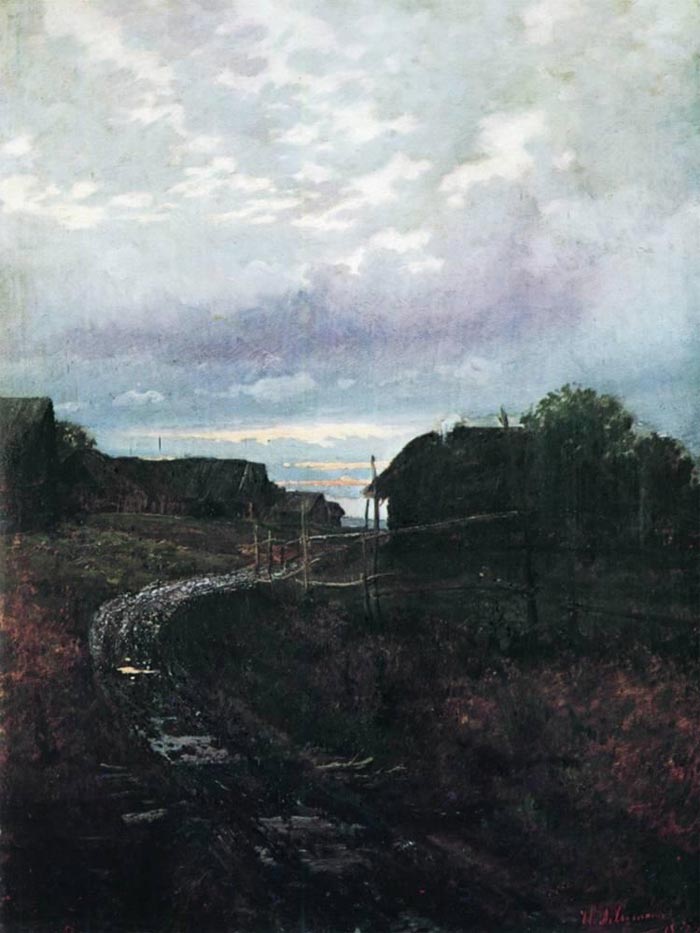
Evening, Isaac Levitan, 1877
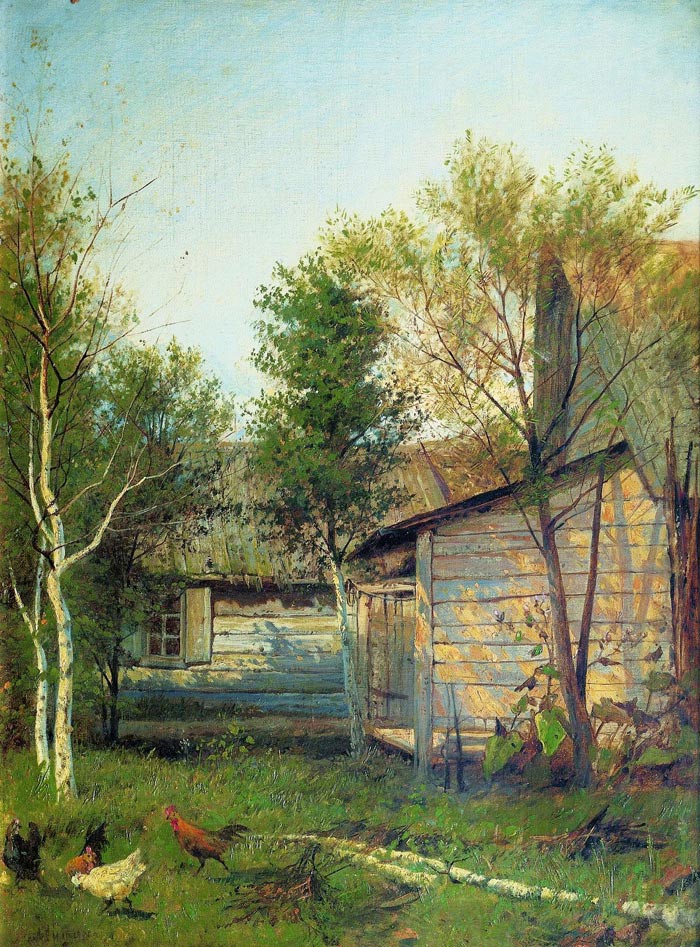
A Sunny Day, Isaac Levitan, 1877
It was another two years before Levitan would be properly recognized. He exhibited another painting, A Day in Autumn, Sokolniki, which was bought by the famed art dealer Pavel Tretyakov.
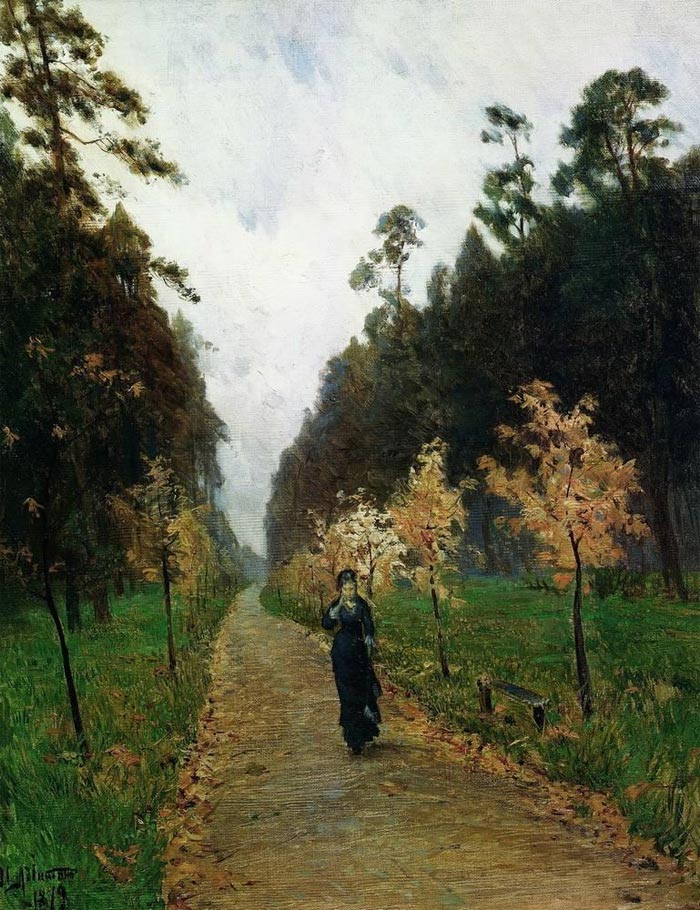
A Day in Autumn, Sokolniki, Isaac Levitan, 1897
Nevertheless, he was still rather poor, painting landscapes and drawing backgrounds for operas. It was only in the 1880s that Levitan found a modicum of financial stability, but his life of hardship and poverty had already wreaked havoc on him. He began to suffer from a degenerative heart disease. Although he managed to save money for rehabilitation in the Crimea, it could not cure his underlying disease.
Upon returning to Russia, Levitan held a large exhibition of his works, then began to pursue his dream of painting the Volga River. This phase, which lasted from 1887 to 1890, resulted in greater variation in his art. It was here he began to develop the “mood landscape” that characterized his work. He became an official member of the “Society of Travelling Art Exhibitions,” earning great acclaim for his moody and thoughtful pieces. Levitan briefly toured Western Europe, but the draw of his homeland was ultimately too great.
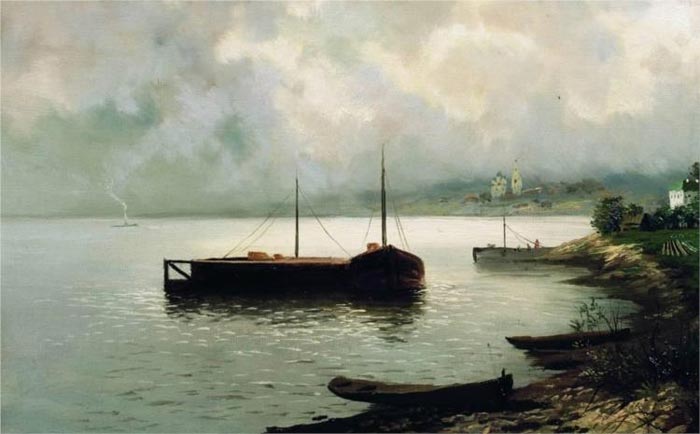
The Volga River, Isaac Levitan
Levitan’s magnum opus was made in Plyos, a town on the Volga. Entitled The Quiet Haven, it depicts a quiet little hamlet, its few tall buildings poking through the forests and reflecting off the river in the golden morning sunlight. The pink haze of clouds and the meandering footbridge create sense of repose and contentment that embodies the notion of mood landscapes.

Despite his professional success, Levitan was met again with personal hardship when Emperor Alexander III expelled all Jews from Russian towns. With his urban friends’ influence, however, he soon returned to Moscow and eventually became a teacher at his old school, the Moscow College of Art, Sculpture, and Architecture. During all this time, Levitan was buoyed by his friendship with another cultural force of the time, Anton Chekhov. The two men met when they were both struggling young artists, and their shared perception of life and nature made them fast friends until Levitan’s death.
As Levitan’s skill and renown continued to rise, his health began to fall. He was in constant pain, and personal woes caused him to attempt suicide multiple times. He fought on through his love of art, but his degenerative heart disease finally took its toll and he died on 22 June 1900. His last work, which he wanted to entitle Rus (its final name was Lake), is an airy piece, evocative of the Impressionists. It depicts a serene lake, covered over with soft, puffy clouds on a calm summer day, a town visible in the distance. In it, Levitan sought to synthesize his years of work, study, and contemplation of Russia’s landscapes into a single work. The result testifies to his brilliance, and the place he deserves to hold in the history of art.

Lake (Rus), Isaac Levitan

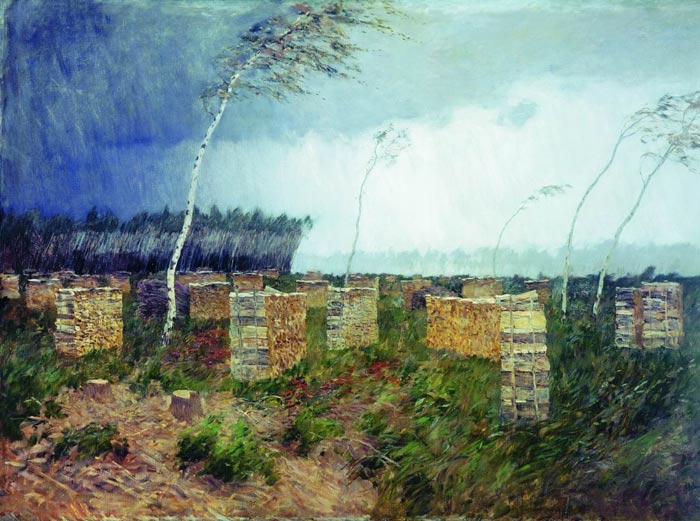
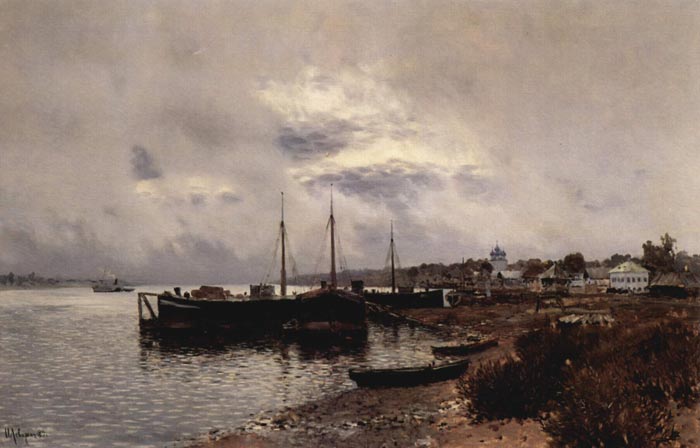
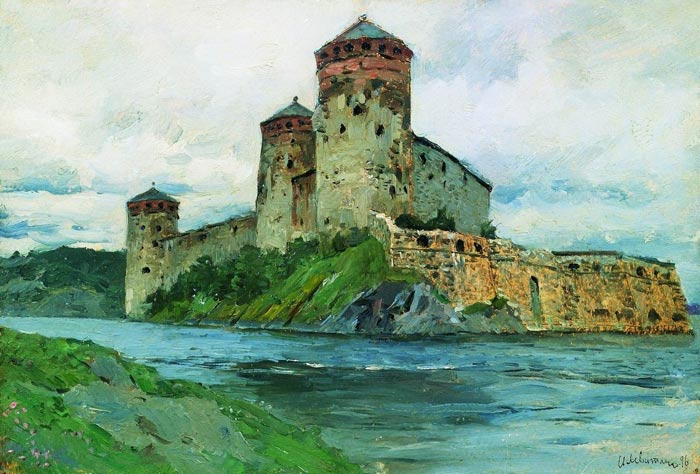
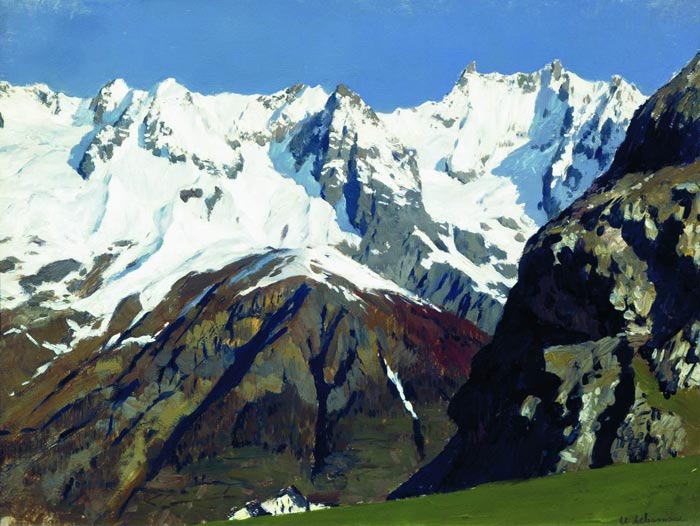
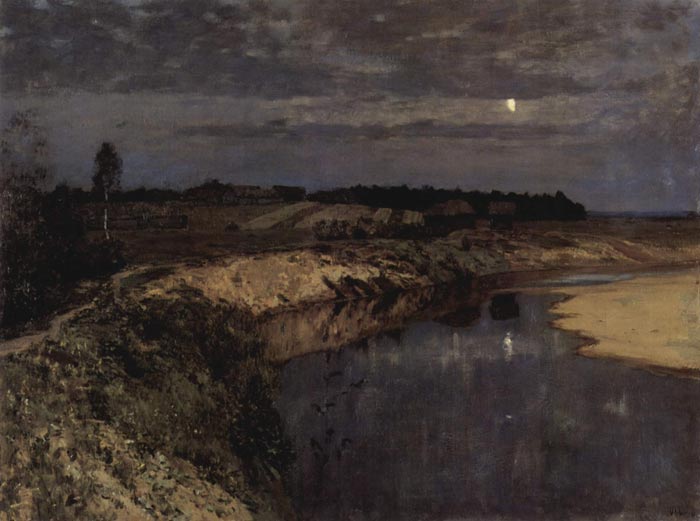
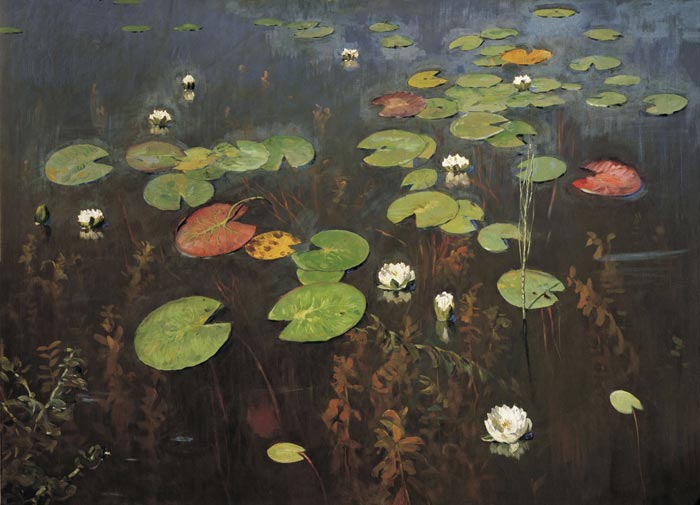



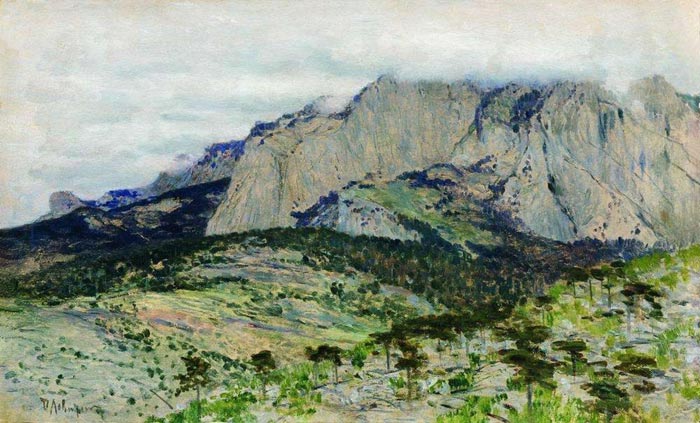

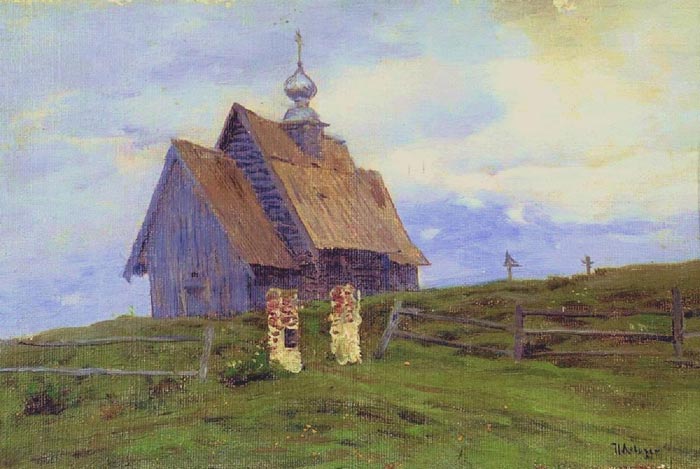
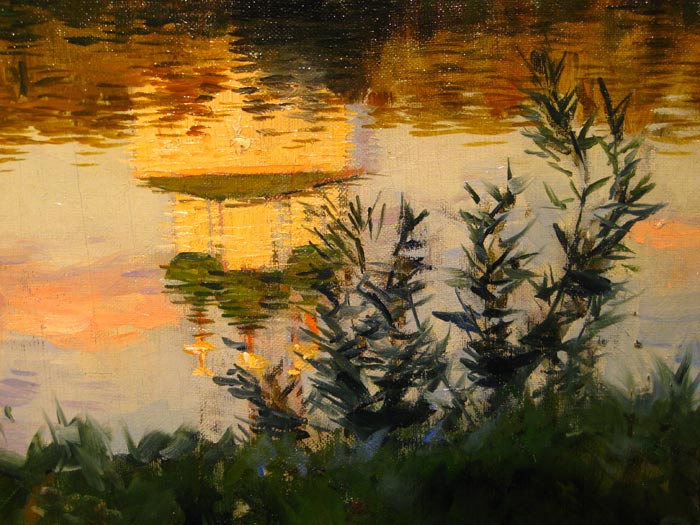
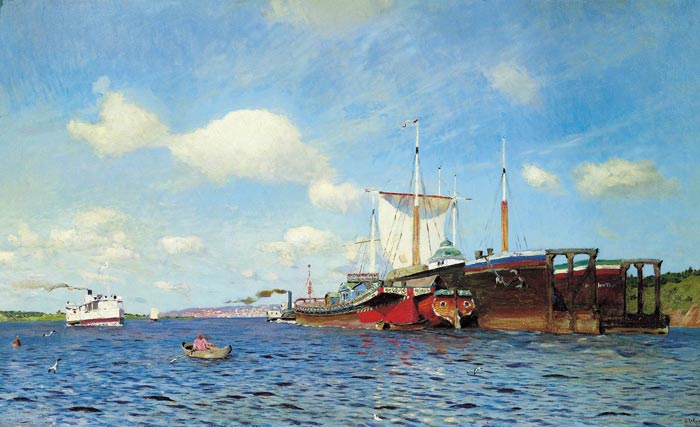
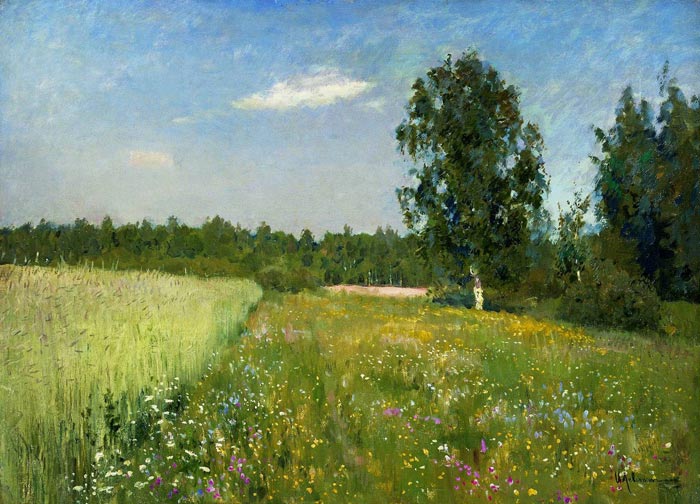
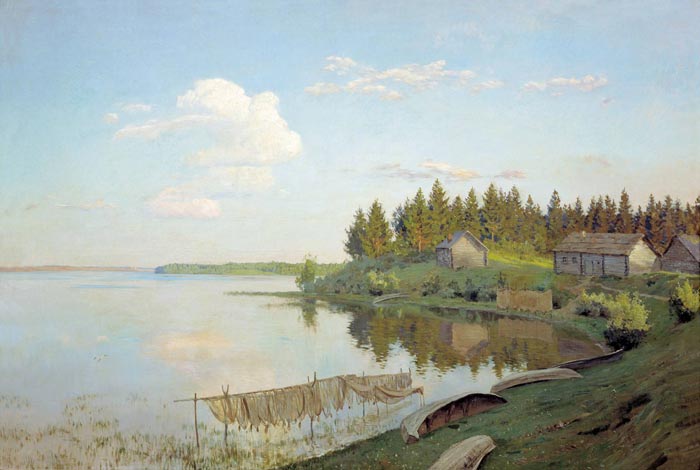
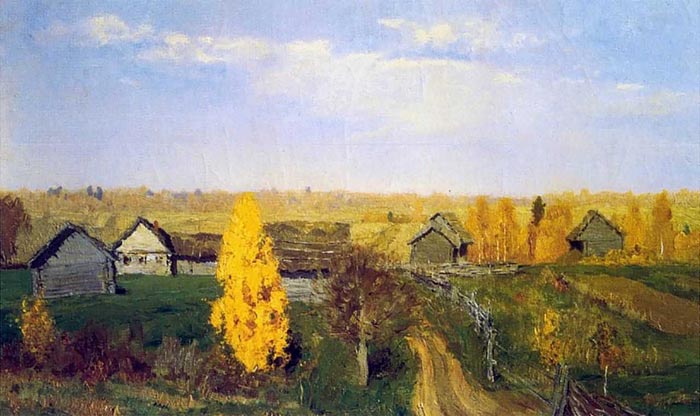
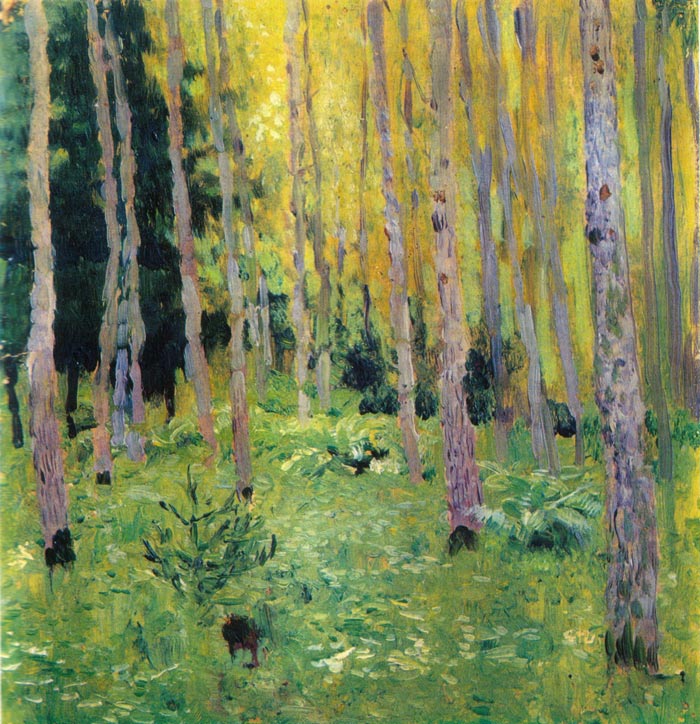

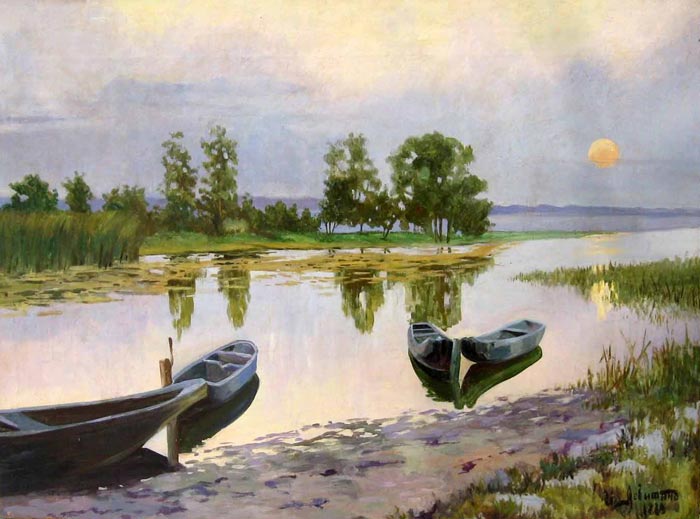


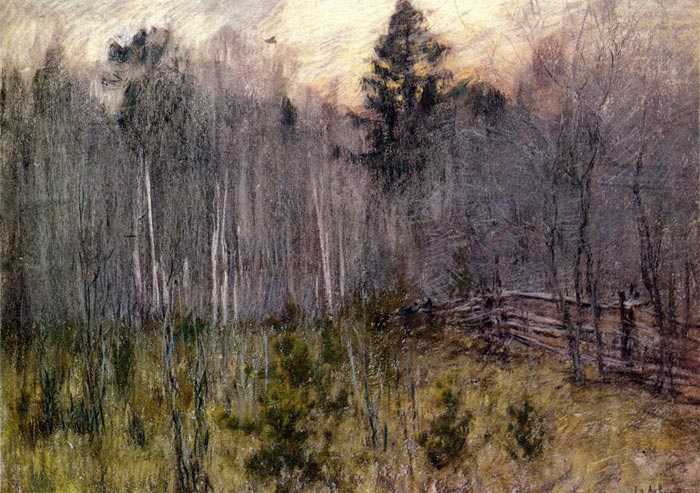

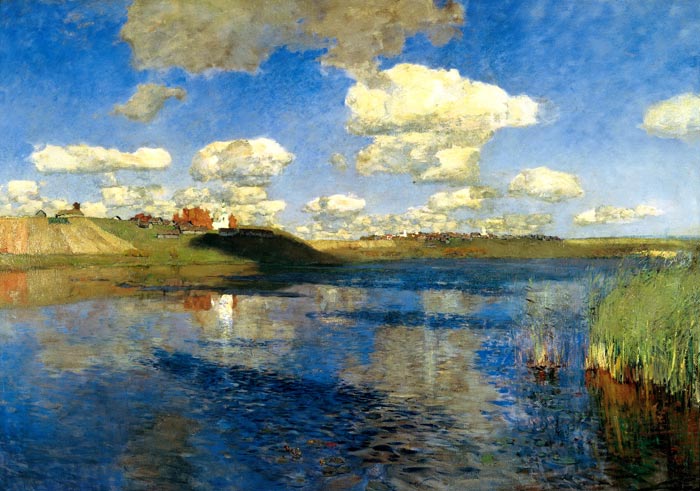




awesome paintings.. by looking pictures i m really going to be a fan of Isaac Levitan….
Many thanks for publishing an article on another great Russian landscape painter. We can definitely see the influence of Savrasov and the lyrical landscape in the work of Issac Levitan. More importantly, we also see evidence of a painter trying to find his own “voice”, or style. Levitan was able to incorporate realism and impressionism in his work that eventually led to a synthesis of these two forms of expression. I believe that this illustrates a natural progression for all artists. It inspires us to seek knowledge not only through the study of art history, but also through the study of foundational art techniques and practices.
Thank you for this information. He was a great artist . Stunning landscape paintings .